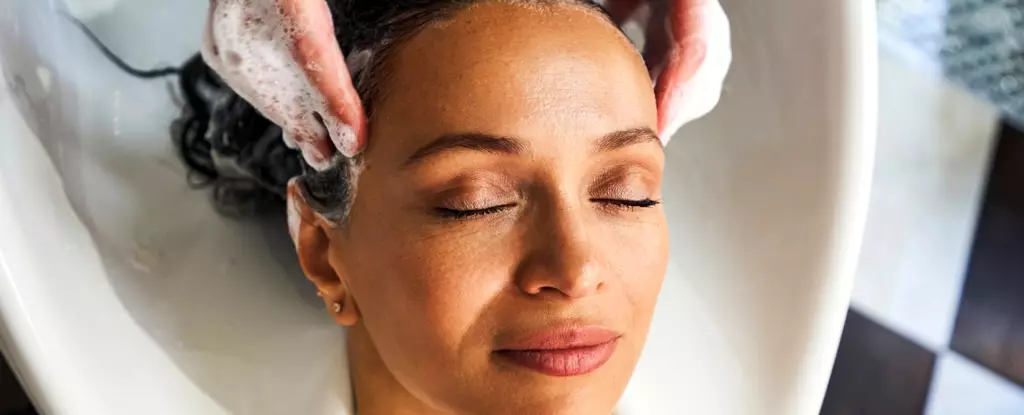The experience of visiting a hair salon is often associated with relaxation and self-care. However, for a minority of individuals, a routine shampooing session can unexpectedly transform into a serious health risk. This phenomenon, known as Beauty Parlor Stroke Syndrome (BPSS), underscores the importance of awareness regarding the potential hazards associated with certain salon practices, especially for vulnerable populations.
Beauty Parlor Stroke Syndrome was first brought to light by neurologist Dr. Michael Weintraub in 1993. After treating several patients who exhibited stroke-like symptoms that seemingly occurred after their hair was washed, he identified a link between the position of clients during shampooing and subsequent health complications. Although strokes are typically linked to risk factors such as hypertension, diabetes, and advanced age, BPSS serves as a stark reminder that even young and healthy individuals are not immune to such incidents.
A stroke occurs when there is an interruption of blood flow to the brain. This can emerge from several causes, including blockages created by blood clots or ruptured blood vessels. When blood flow is reduced, the oxygen and essential nutrients necessary for brain function are compromised, leading to potential brain cell damage.
The shampooing process at many salons often requires clients to recline their heads back over washbasins, a position that can prove awkward and uncomfortable. Research suggests that this overextension of the neck and head may lead to spinal injuries or complications that could compress or compromise vital blood vessels supplying the brain. For some individuals, including those with underlying spinal issues or anatomical peculiarities, the risk is further heightened.
During shampooing, the strenuous motions employed by hairdressers—such as vigorous rubbing or jerking movements—can exacerbate tension in the neck region, increasing the likelihood of BPSS. The problem can be compounded by bony protrusions known as bone spurs, which may exist in certain individuals and can inflict additional pressure on arteries that are already at risk.
Identifying the Symptoms
Understanding the symptoms associated with BPSS is crucial for early detection and intervention. Signs may initially be ambiguous and can resemble those of a traditional stroke. Common symptoms include:
– Sudden headache or intense neck pain
– Dizziness or lightheadedness
– Blurred or diminished vision
– Nausea and vomiting
– Weakness or paralysis, often on one side of the body
Due to the potential for delayed symptom onset, medical professionals may find it challenging to differentiate BPSS from regular stroke cases. Given this ambiguity, it is vital for individuals to stay informed and vigilant regarding their health during salon visits.
While BPSS is fairly rare, the fact remains that awareness and prevention strategies can help mitigate any associated risks. Clients experiencing discomfort while reclining at backwash stations should negotiate changes in their grooming practices. This may involve opting for a forward-leaning position during washing, which can relieve pressure on the neck.
When scheduling hair appointments, individuals may consider requesting a gentle wash, limiting the duration they spend in vulnerable positions, and consistently communicating any discomfort to their hairdresser. A supportive neck cushion can also be an effective solution, allowing for a more secure and comfortable experience while maintaining hygiene and effectiveness during shampooing.
Despite the potential hazards associated with BPSS, it is essential to remember that for the majority, visiting the hairdresser remains a refreshing and beneficial experience. Beyond aesthetics, regular hair care rituals can significantly enhance mental health, self-esteem, and overall well-being.
By staying informed about the nuances of hair washing, individuals can enjoy their time at the salon without unnecessary fear. Rather than avoiding hairdresser visits altogether, clients can adopt proactive measures to enhance their safety and comfort. In doing so, they ensure that their grooming experiences remain joyful and fulfilling pursuits of self-care—after all, the goal is to leave the salon feeling revitalized, not at risk.


Leave a Reply